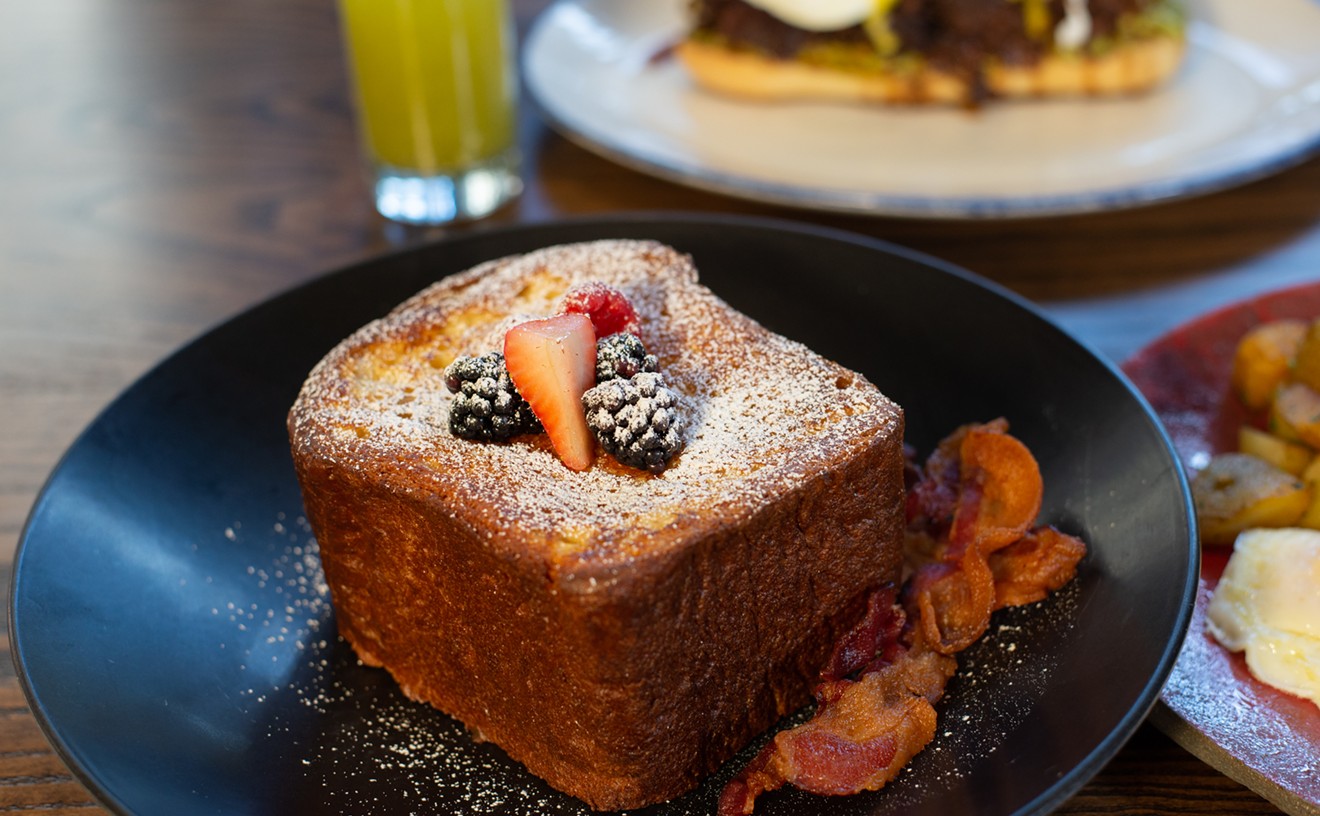I have a friend who likes to say that the cuteness of an animal is directly proportional to how delicious it is. I see his point: rabbits are adorable and also excellent braised in white wine. Lambs are beautiful, whether they're frisking through a meadow or sizzling on a grill with garlic and rosemary.
Still, there are some foods that make me squeamish. For example, foie gras, which I just tried for the first time.
Foie gras is the liver of a goose or duck that has been fattened up through a force-feeding process called gavage. In the wild, ducks and geese can double their weight to prepare for seasonal migrations, and much of the excess weight is stored in the liver in the form of fat. Gavage takes this natural process to the next level: long feeding tubes are inserted into the animal's esophagus, and then a pneumatic pump quickly forces down a mash made of corn boiled with fat. After a few weeks of this, the animal's liver can reach 6 to 10 times its normal size. This production method has made foie gras ripe for controversy and is one of the reasons I'd stayed away from it.
But last Saturday night, I had dinner at Nosh, Avner Samuel's French bistro on Oak Lawn Avenue. When our server listed the evening's specials, one of which was a duo of foie, I thought: Why not?
Chef Samuel told me that the duck foie gras at Nosh is sourced from New York's Hudson Valley. The preparations were straightforward: On one side of the plate, a small piece of seared foie was propped up against a tangle of duck confit. On the other was another small piece of cold foie that had been marinated in cognac and sauternes for 24 hours before being molded into a roulade, poached for just a few minutes, and then cold cured for a couple of days. In between were a stack of thin slices of toasted baguette and a house-made Bosc pear chutney.
It was absolutely delicious. As soon as the foie hit my mouth, it melted and dissolved away. The flavor was incredibly mild and buttery -- nothing at all like liver. I kept taking small bites, wanting to stretch the experience out, trying to come up with the right description: "It's like a cloud of fat. No, like a foam of butter. No, like a warm duck ice cream."
The next day, my shoulder angel was telling me that force-feeding ducks is inhumane. My shoulder devil (who looks a lot like Anthony Bourdain) was arguing that these birds are no worse off than any chicken sold by Tyson or KFC, and anyway, since when are you a vegan?
In the end, shoulder devil won. I'm glad I tried foie gras. I'll order it again someday. Still, I'm relieved it's not a food for every day. What's your opinion? What foods do you find delicious, even though they may be guilt-inducing?










